Jon Hellin, Value Chain and Poverty Specialist for CIMMYT, talks about climate risk management in agriculture
Sub-Saharan Africa
Dan Osgood, Lead Scientist – IRI, talks about using index insurance solutions to manage climate risk issues
Alex Scherer, CEO of AXA Corporate Solutions – Americas, talks about the growing role of Index Insurance in managing climate risks

Content owner:
GIIF - World Bank Group
The soil that Abdoulaye Ndiaye holds in his hand is dry and dusty. A little further away in the Kaolack region the groundnut plants are already beginning to spring up in the fields, but in Paskoto village Abdoulaye and his fellow farmers have not seen a drop so far this season. "The most important challenge for us is the weather. It is God who decides. We have no choice, but are just left looking for ways to handle the situation," Abdoulaye says, now using his hand to shield his eyes against the stark sunlight.
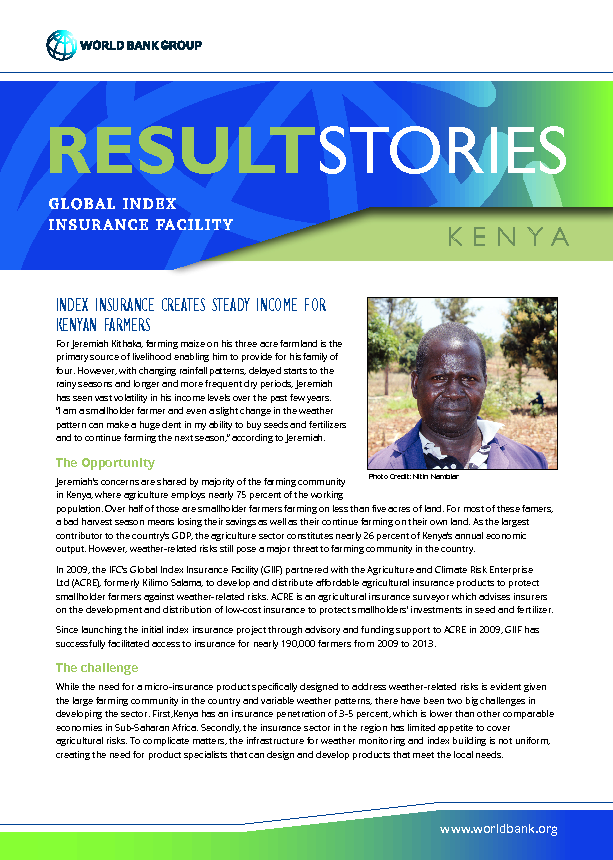
Content owner:
GIIF - World Bank Group
For Jeremiah Kithaka, farming maize on his three acre farmland is the primary source of livelihood enabling him to provide for his family of four. However, with changing rainfall patterns, delayed starts to the rainy seasons and longer and more frequent dry periods, Jeremiah has seen vast volatility in his income levels over the past few years.
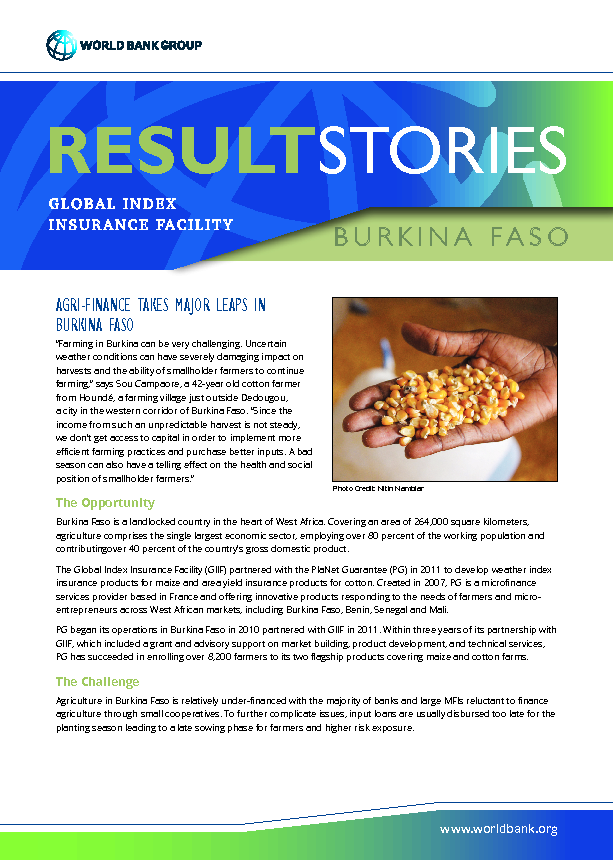
Content owner:
GIIF - World Bank Group
"Farming in Burkina can be very challenging. Uncertain weather conditions can have severely damaging impact on harvests and the ability of smallholder farmers to continue farming," says Sou Campaore, a 42-year old cotton farmer from Houndé, a farming village just outside Dedougou, a city in the western corridor of Burkina Faso. "Since the income from such an unpredictable harvest is not steady, we don’t get access to capital in order to implement more efficient farming practices and purchase better inputs. A bad season can also have a telling effect on the health and social position of

Content owner:
GIIF - World Bank Group
Satellite Technology and its continued advancement is critical to the relevance and accuracy of index insurance products as a counter against weather-related risks. The World Bank Group’s Global Index Insurance Facility (GIIF) in partnership with its regional partners has been working with researchers and scientists to refine satellite technology for index insurance product design.
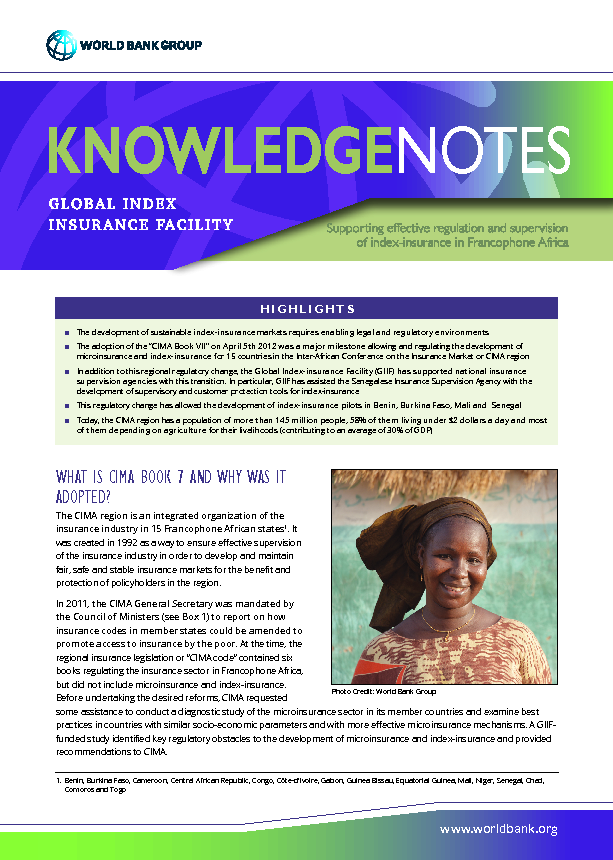
The development of sustainable index-insurance markets requires enabling legal and regulatory environments The adoption of the “CIMA Book VII” on April 5th 2012 was a major milestone allowing and regulating the development ofmicroinsurance and index-insurance for 15 countries in the Inter-African Conference on the Insurance Market or CIMA region In addition to this regional regulatory change, the Global Index-insurance Facility (GIIF) has supported national insurance supervision agencies with this transition. In particular, GIIF has assisted the Senegalese Insurance Supervision Agency with the
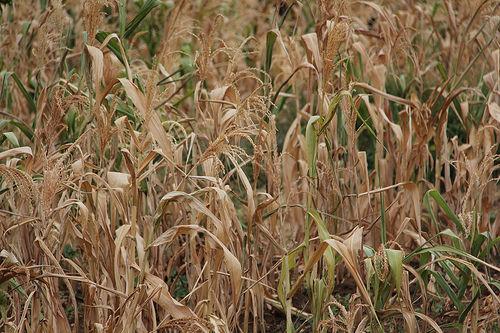
Published on:
Country:
Fifty-five year old Niyitegeka Veneranda lives in rural Rwanda. She and her husband are parents to seven children and grandparents to five. They farm less than a hectare of their own land, yet she has been able to build a small house, feed her family, and send her last three children to school. She expanded her rice production recently with a loan from a local bank made possible through agricultural insurance, and plans to expand her acreage with another loan next year.
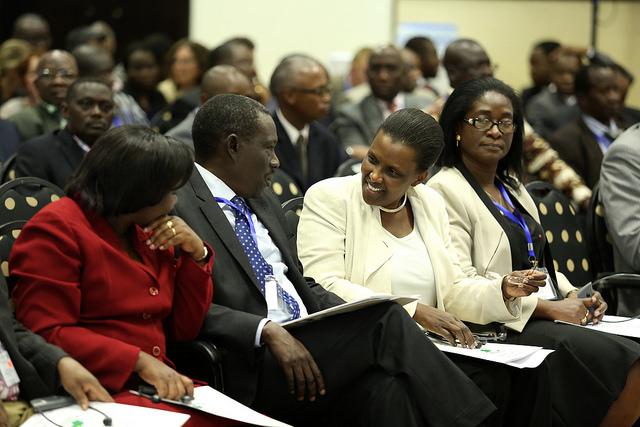
23
Jun
The 2015 Africa Insurance & Reinsurance Conference will keep you up-to-date with the latest industry developments, marketing strategies and product innovations relevant for the African market. New technologies, development of new client segments and the overall economic growth in the continent is not only forcing regional insurers to rethink the way they conduct business but also forcing the global players to look at Africa as a strategic market for growth.At the 4th Annual Africa Insurance and Reinsurance Conference, will focus on key fundamentals to the business of insurance and discuss how
